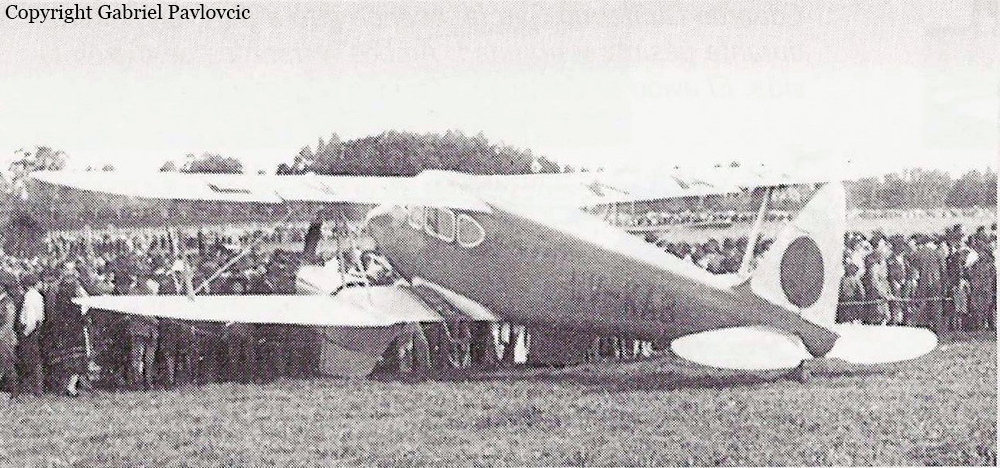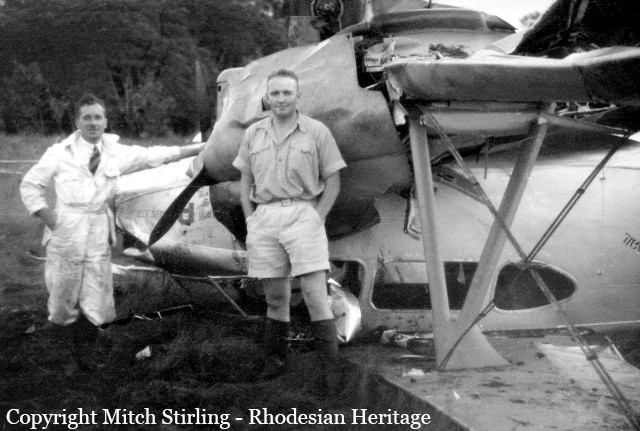Crash of a De Havilland DH.90 Dragonfly at RAF Westonzoyland: 2 killed
Date & Time:
Sep 3, 1941
Registration:
X9389
Survivors:
No
Schedule:
Westonzoyland - Saint Athan
MSN:
7524
YOM:
1936
Crew on board:
2
Crew fatalities:
Pax on board:
0
Pax fatalities:
Other fatalities:
Total fatalities:
2
Circumstances:
Shortly after takeoff from RAF Westonzoyland, the twin engine airplane went out of control and crashed near the airbase. Both crew members were killed.
Crew:
F/Lt John Ronald Melville Sales, pilot,
Sgt Hugh Walter Bellingham, air gunner.
Crew:
F/Lt John Ronald Melville Sales, pilot,
Sgt Hugh Walter Bellingham, air gunner.






